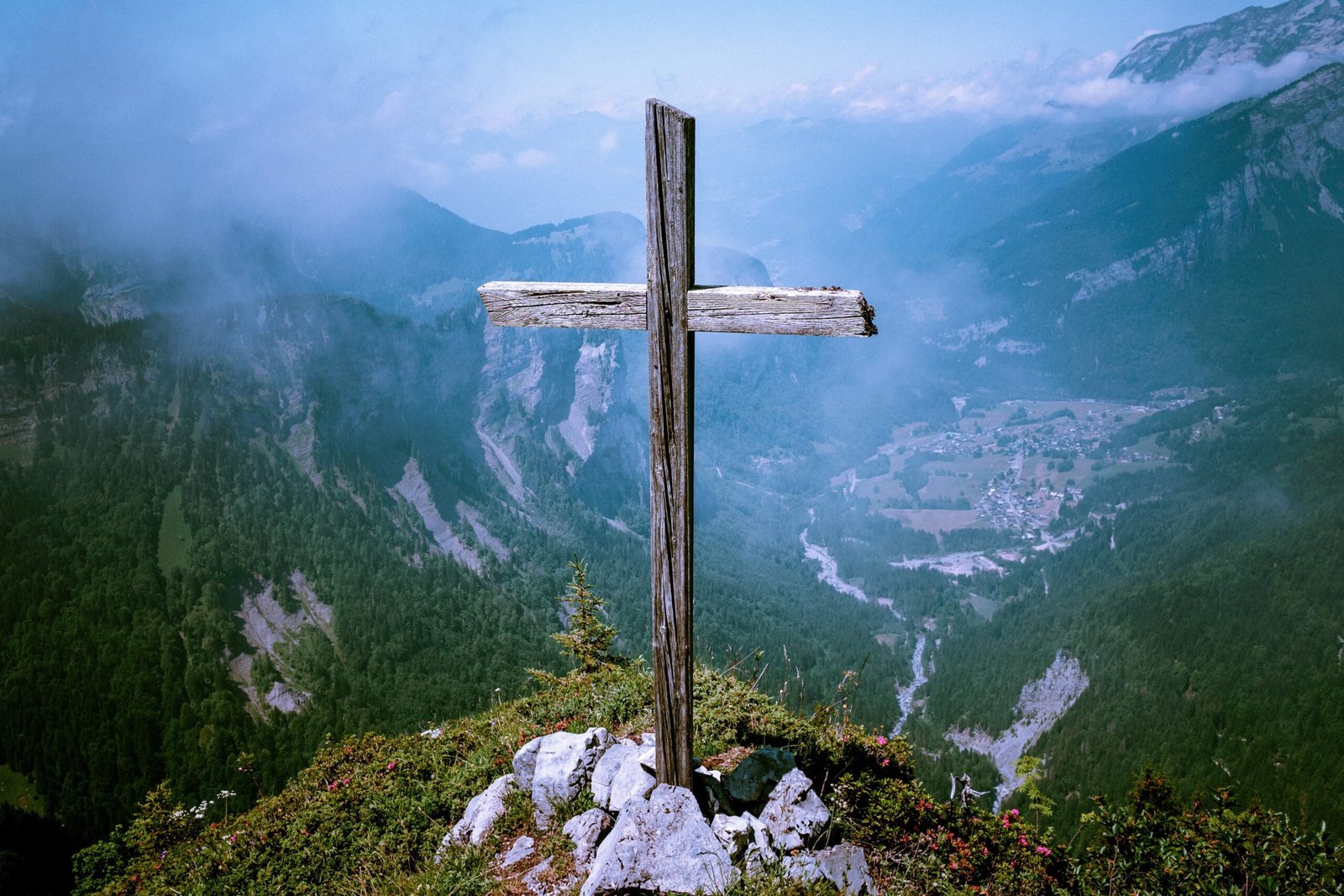A group advocating for the construction of a new Mulcahy Stadium is dusting off the idea to revitalize the aging Chester Creek Sports Complex, and is pitching state lawmakers on a broader plan.
The idea seeks to find a better use for large portions of the area that includes Sullivan Arena and other facilities, near downtown Anchorage at 16th Avenue and the Seward Highway, said Steve Nerland, president of the Alliance for the Support of American Legion Baseball in Anchorage.
The group’s plan would open up prime, city-owned acreage that’s already serviced with utilities, providing opportunities for new multifamily housing and commercial space, he said.
But the proposal faces major hurdles.
It would require support from lawmakers and Alaska voters for funding. The group also hopes the Alaska Housing Finance Corp. can be involved to create a master revitalization plan for the area and coordinate development that might occur, Nerland said.
The idea gets to the heart of an ongoing conversation in Anchorage about turning around a city that some say is in dire need of a reset. New housing units and improved public facilities could help combat Anchorage’s population loss and dwindling numbers of working-age residents, supporters of the idea say. It could bring in more residents to the area, which has long grappled with issues related to homeless encampments along the Chester Creek Trail.
According to the plan, the group seeks to replace the 60-year-old baseball stadium with a new one about 500 feet to the west. That would eliminate two other ballfields in the complex, but free up acreage for new development.
The plan would also remove the Anchorage Football Stadium that was built 56 years ago but is now rarely used, since high schools have built their own artificial turf fields.
:quality(70)/cloudfront-us-east-1.images.arcpublishing.com/adn/WS3LIVJ2HZCF7FUS5JIBBK4RFI.jpg)
The indoor Ben Boeke Ice Arena, seating about 1,000, is still busy with activity, and Nerland’s group believes that should remain, he said. The nearby outdoor Bonnie Cusack Memorial ice rinks should also stay, he said.
Then there’s also a question about the future of the long-struggling Sullivan Arena, built with public money in the 1980s when Alaska was flush with oil wealth.
Events are starting to return to the 6,300-seat arena after it served as a low-barrier homeless shelter for much of the pandemic. But many say its future is questionable after the city built newer venues that took many of its activities.
“We’re not saying demolish (the Sullivan) today, but you know, over time, there probably is a higher and better use for that property,” Nerland said.
The state housing agency, if it can be involved in a revitalization effort, could help address questions like the right future for the Sullivan Arena and other facilities at the sports complex, he said.
[Below: Scroll through the conceptual plans to overhaul the Chester Creek Sports Complex being pitched by the Alliance for the Support of American Legion Baseball in Anchorage.]
Sullivan manager Steve Agni said the group’s overall idea has merit.
“I think we need to do more to create the activities that will make Anchorage attractive to young people, and that includes active recreation and entertainment,” he said.
But the Sullivan should not be removed, Agni said. It’s still largely in great shape and can provide many of those events for young people, he said.
“The Sullivan should be part of that strategy,” he said.
A plan to improve Anchorage
:quality(70)/cloudfront-us-east-1.images.arcpublishing.com/adn/P6F6VBSBBZG2VJZY7EAW4GU4RE.JPG)
The plan to relocate and rebuild Mulcahy could potentially cost $35 million, Nerland said.
The stadium is frequently used in the summer and could continue to serve as a home for the Anchorage Bucs and Glacier Pilots, youth baseball games and other events.
It would also be upgraded into an outdoor winter destination, he said. A heated, indoor pavilion and some heated outdoor seats would be built, along with good lighting, Nerland said. The design would allow the field to be flooded with water to create an ice rink, he said.
The Alliance administers youth baseball programs and advocates for better sports facilities in Alaska.
About a decade ago it proposed a similar idea to relocate and rebuild Mulcahy, though that was designed to open up space for Sullivan Arena parking that was needed at the time. That idea was part of a municipal bond package that included a Loussac Library proposal. It lost by 14 votes out of 46,000 cast.
Alliance leaders, including co-founders Don Winchester and Bob Shake, helped develop the latest plan, Nerland said.
In addition to housing, it would provide space for shops or even hotels, according to a slideshow from the group.
In the time that Sullivan Arena served as a shelter, neighbors reported that safety issues like drug use, arson, theft and harassment grew. When the city shut it down, little alternative shelter was available, and camps proliferated nearby.
The Alliance has hired a security guard for Mulcahy due to trespassing and a break-in, Nerland said. Housing would attract residents who could help keep an eye on the area, he said.
Big hurdles
:quality(70)/cloudfront-us-east-1.images.arcpublishing.com/adn/XVQ2TROGPJGETLZIMGOUQ7KGOU.jpg)
Nerland has met with dozens of lawmakers in the last two legislative sessions to pitch the plan.
He has proposed that funding for it could be included in a statewide general obligation bond, if lawmakers supported the creation of one.
Nerland said the Alliance didn’t pursue municipal bonds this time because the group didn’t want to advocate for a large project that takes away from smaller parks projects in Anchorage that often receive voter approval.
A statewide general obligation bond would provide a chance for lawmakers from around Alaska to propose capital projects in their areas that haven’t been built because the state has had limited capital budgets in recent years, he said.
It would require legislative approval and approval from the governor before it could appear before voters.
Nerland said the money for projects across the state could be spent steadily in the years to come, project by project. That happened with the last statewide general obligation bond in 2012, a $450 million measure for transportation improvements.
Leaders of the House and Senate Finance Committees said in the past week that there are currently no committee plans for a general obligation bond.
Sen. Bert Stedman, Republican co-chair of the Senate Finance Committee, said the idea of funding ball field improvements appears unlikely this year. He said the state has other needs, including dealing with deferred maintenance for public education facilities around the state.
Stedman pointed out that a general obligation bond will require future payments from the state. But Alaska finances are only going to get tighter in the next couple of years, he said.
Nerland said he’s hopeful a bond package can still be initiated this year, or in the near future.
The Alaska Housing Finance Corp. is aware of the Alliance’s idea and is always willing to work with local groups, the agency said in a statement.
“We are in the bond market multiple times every year so the idea of participating financially is not a new concept for us; however, a (general obligation) bond would require a vote of the people,” the statement said. “In order to get there, support from local and state legislators, including the governor, would be required.”
Bryan Butcher, the head of the Alaska Housing Finance Corp., “has shared his experiences in this space with Steve (Nerland), and suggested that he be talking with all of those individuals,” the statement said.
Anchorage municipal officials could not be reached for comment.
‘Fantastic’ idea
State Rep. Zack Fields, whose district includes the Fairview area where the sports complex is located, said he generally supports a statewide general obligation bond because they have a history of funding good projects.
He would support a specific proposal in a bond to rebuild Mulcahy and revitalize the Chester Creek complex, though he said he doesn’t have an agenda on what should happen with other facilities there, he said.
“It’s a fantastic proposal,” he said. “Modernizing the stadium and adding additional recreational opportunities is clearly a really positive thing.”
The plan to bring housing to the sports complex is valuable, he said. Housing near parks and trails helps make Anchorage more competitive, and trail users will feel more comfortable with more residents nearby, he said.
Shawn Maltby, general manager of the Anchorage Bucs, said Mulcahy continues to deteriorate and he’s open to whatever ideas will improve the sports park.
“People go to the games, and they walk in and they’re like, ‘Man this is old. This is ugly. This is nasty.’ We need something fresh,” he said.
“The city has to buy in on this, the state has to be involved and it can really revitalize that area, which is needed in my opinion,” he said.
Daily News sports and entertainment editor Chris Bieri contributed.
• • •












